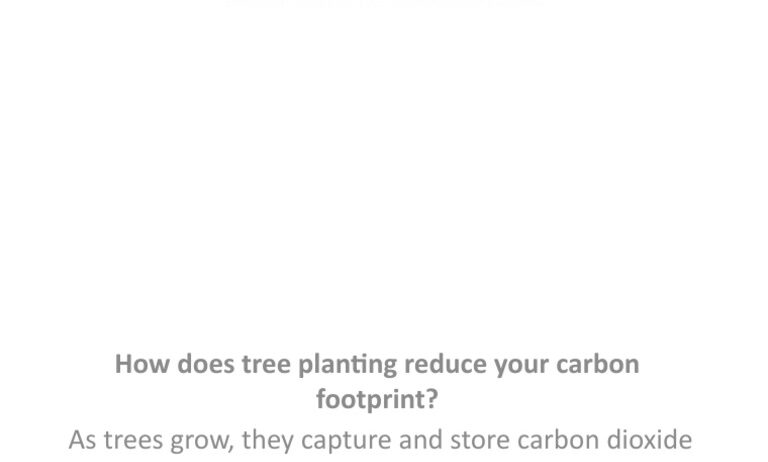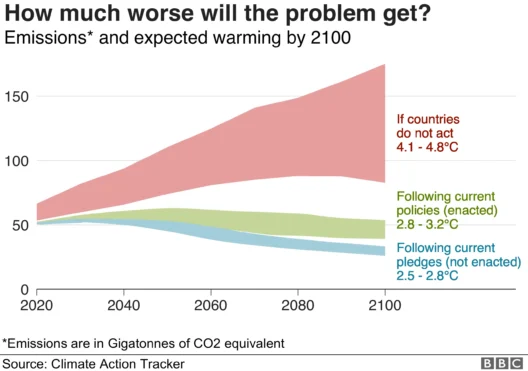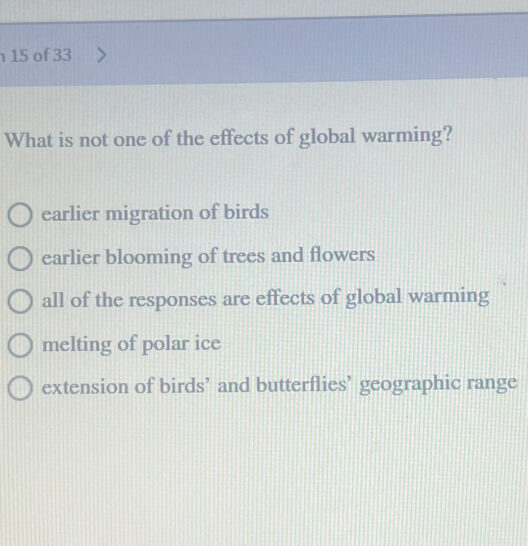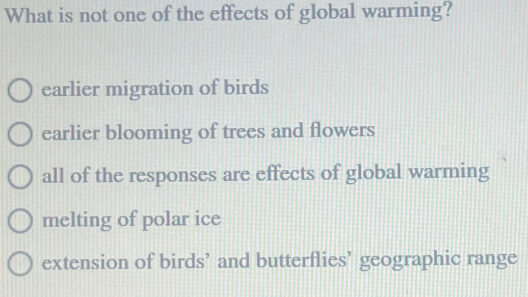In the realm of combating climate change, plants emerge as natural champions—unsung heroes that engage in the intricate dance of carbon sequestration. Green vegetation, from sprawling forests to humble garden flora, plays a critical role in mitigating global warming. This discussion aims to delve into how plants act as climate warriors, elucidating various mechanisms by which they combat the rising temperatures of our planet.
At the heart of this natural process lies photosynthesis, a biochemical marvel that enables plants to convert carbon dioxide into oxygen, a vital component for most life forms on Earth. Through this process, plants absorb atmospheric carbon dioxide, a significant greenhouse gas. Consequently, they contribute to maintaining a balanced carbon cycle. This exchange fosters an environment where life can flourish, while simultaneously curbing the accumulation of greenhouse gases, which are primary culprits behind global warming.
Quantitatively, it’s impressive to consider the capacity of forests, which account for about 30% of the Earth’s surface area. These vast expanses of trees capture an estimated 2.6 billion metric tons of carbon dioxide annually, underscoring their pivotal function in climate regulation. This remarkable statistic emphasizes the significance of preserving existing forests and promoting afforestation efforts. Reforestation could make a substantial impact, as planting trees can sequester an extraordinary amount of carbon over time, making it a key strategy in climate change mitigation.
In addition to forests, urban greenery plays an equally vital role. Parks, gardens, and green roofs are increasingly accepted as components of urban planning and infrastructure development. These green spaces maintain not only aesthetic appeal but also ecological vitality. They mitigate the urban heat island effect, where city areas experience higher temperatures due to human activities and heat-absorbing materials like asphalt. Vegetation counteracts this phenomenon through transpiration and shade, thereby lowering surrounding temperatures and contributing to a cooler urban microclimate.
Moreover, different types of vegetation offer varied benefits. Wetlands, for instance, serve as another crucial carbon sink. The unique biodiversity of plants found in these ecosystems fosters extensive carbon storage both above and below ground. Peatlands, often referred to as the world’s largest terrestrial carbon reservoirs, are particularly effective. These ecosystems sequester carbon over millennia, holding vast amounts of carbon in their saturated soils. Unfortunately, they are perilously threatened by drainage and degradation, which release trapped carbon back into the atmosphere, thus exacerbating global warming.
Plants also play a fundamental role in soil health. Healthy soils are rich in organic matter, which provides habitat for myriad organisms and enhances the soil’s ability to store carbon. Practices that incorporate cover crops, crop rotation, and agroforestry improve soil quality and increase carbon retention. Such methods not only enrich the soil but also enhance its moisture retention capabilities, promoting resilience against extreme weather events like droughts and floods, which are becoming increasingly prevalent in our changing climate.
Furthermore, the concept of biodiversity cannot be overstated in its relation to climate resilience and carbon sequestration. Diverse plant species contribute to a more stable ecosystem, thereby optimizing the various processes of carbon uptake and storage. This includes mutualistic relationships with microorganisms that enhance nutrient availability and improve plant health, as well as preventing monoculture practices that can lead to susceptibility and systemic failures within ecosystems.
In recent years, there has been an increasing focus on the restoration of native flora and the conservation of endangered plant species. Native plants are often better adapted to local environments, requiring less water and maintenance while thriving in local climatic conditions. This adaptability results in a more effective and resilient ecosystem, ultimately leading to stronger carbon sequestration capabilities.
In the broader context of global warming, it is essential to understand how plant-based solutions can be integrated into a multi-faceted approach to tackling climate change. The interconnectivity of ecosystems, coupled with sustainable agricultural practices and effective land-use strategies, creates a comprehensive framework for climate action. Agro-ecology, for instance, emphasizes the need for holistic practices that harmonize agricultural productivity with environmental stewardship, including the promotion of perennial crops that help sequester carbon year-round.
Policy initiatives that prioritize the protection and expansion of green spaces can serve as driving forces in the fight against climate change. Investing in green infrastructure and implementing legislation that safeguards natural habitats will not only enhance community resilience but also ensure that future generations inherit a healthier planet. Education and community engagement are equally crucial; raising awareness about the importance of plants and promoting individual action in planting trees or maintaining gardens can foster a culture of environmental responsibility and stewardship.
In conclusion, the evidence strongly supports the notion that plants are indispensable allies in the battle against global warming. Their innate ability to capture carbon, promote biodiversity, and enhance soil health positions them as formidable opponents to the escalating crisis of climate change. As stewards of the planet, it becomes imperative to harness the power of vegetation, champion conservation efforts, and advocate for sustainable practices. Ultimately, the path toward a cooler, more sustainable future is intertwined with the thriving of our natural ecosystems, designed by nature over eons yet resilient to the vicissitudes of modern challenges.








